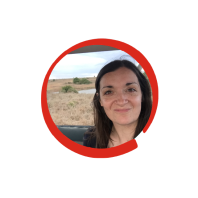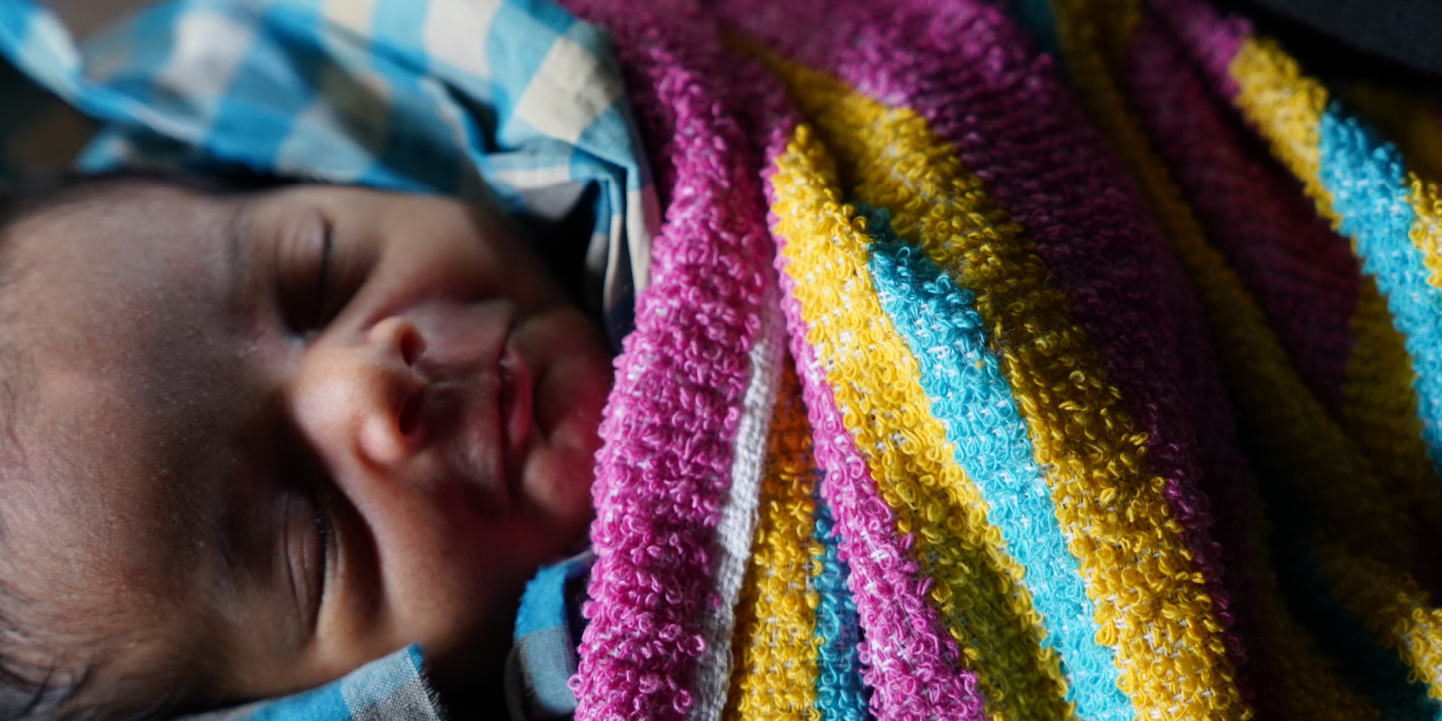World Humanitarian Day: Almost half a million Rohingya children are growing up in the world’s largest refugee camp, stateless, unrecognised and lost.
The world’s focus may be torn, drawn to other humanitarian crises, but six years on from fleeing Myanmar, almost half a million Rohingya children are growing up in the world’s largest refugee camp. Today marks World Humanitarian Day. We must do better for Rohingya children, says Rachael Waugh.
On the same day that powerful tropical cyclone Mocha is scheduled to rip through the sprawling refugee camp in Cox’s Bazar, Bangladesh, a healthy baby girl, Sahida*, is born.
Sahida’s mother, 20-year-old Sajeda* had been worried ever since she heard that Cyclone Mocha was heading for the refugee camp where she lives. Being so close to giving birth, she was concerned that the severe storm would hamper her chances of getting to the Save the Children health clinic. She was even more concerned because her first child had died from complications during birth. Then as the storm lashed the camp, Sajeda’s* labour began.
Sahida was one of four healthy babies born during the storm at the healthcare facility – four new children to join the almost half million trapped in statelessness in Cox’s Bazar.
It’s now six years since more than 700,000 people – half of them children – fled from Myanmar to Bangladesh to escape terrifying violence. Many children arrived alone, traumatised, having witnessed their parents, relatives and friends killed in front of them.
But six years on, children don’t feel any safer now than the day they first arrived. According to a Save the Children survey, two thirds of children (66%) surveyed, and the majority of their parents and caregivers (87%) say they feel no safer now than when they first arrived while half of children surveyed said they lead an “unhappy life”. Almost 80% of children said they feel depressed or stressed out sometimes, most or all of the time, while in parents and carers, the number is even higher, with nine out of 10.
And with the conditions inside the camp continuing to worsen for the now close to one million people stranded in Cox’s Bazar, these responses are hardly surprising. A refugee camp is no place for a child to grow up.
The camps are overcrowded, with inadequate sanitation or clean water, and makeshift housing. Outbreaks of communicable and vector borne diseases, such as COVID-19, dengue, acute water diarrhoea, and scabies are common, while fires, flash floods and mudslides wreak devastation through the camps. Just last week a mudslide took the lives of a Rohingya child and her mother – and displaced many others.
Children are going hungry, malnutrition cases rising. Crime is rife, and with refugees’ lack of legal status, and limited education and work opportunities, children are exposed to a range of abuses including physical and domestic violence, sexual violence, child labour, child marriage, drug abuse, and trafficking.
Learning centres exist within the camps. Health posts exist. Numerous aid agencies and international Governments, including New Zealand’s, are working with the Government in Bangladesh to continue to provide humanitarian support and programming. But, as other global pressures and crises mount, drawing the world’s eye away from the plight of the Rohingya people trapped in Cox’s Bazar, there is a fear that this crisis will be placed in the “too hard basket”. A place these people have sadly been before.
In 2012, as part of my Master’s programme, I travelled with an NGO contingent to Geneva to attend meetings with the UN High Commissioner of Refugees. Part of our role at the time was to provide support to refugees from Myanmar who had been resettled in my home country, Australia, and were now advocating for the rights of the Rohingya. That was more than 10 years ago.
We must do better for Rohingya people. While sustainable returns of Rohingya to their homes will not be possible until the root causes of their displacement is addressed, collectively we must do more and better. We need to move beyond the inadequate levels of emergency aid that is falling short of protecting Rohingya people, and create development opportunities that benefit both refugees and the communities that host them.
Rohingya children need hope. They need legal protections and status. And they need the international community to show solidarity by increasing financial and political support to Bangladesh for continuing to shelter the nearly one million refugees that now call this place home.
*Names have been changed to protect identities
Rachael Waugh is the Director of International Programmes at Save the Children New Zealand. Supported by the New Zealand Government and Kiwi donors, Save the Children New Zealand has been supporting a health response in Cox’s Bazar for several years.

Rachael Waugh
*This opinion piece was originally published in NZ Herald



